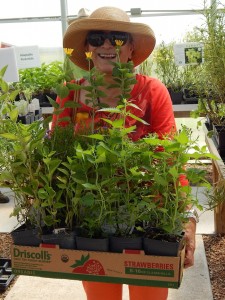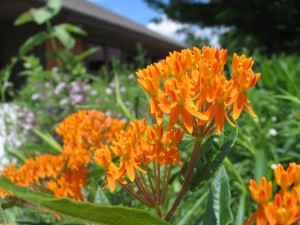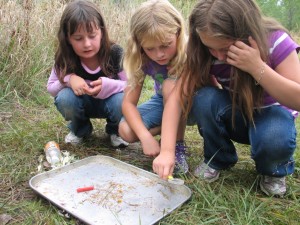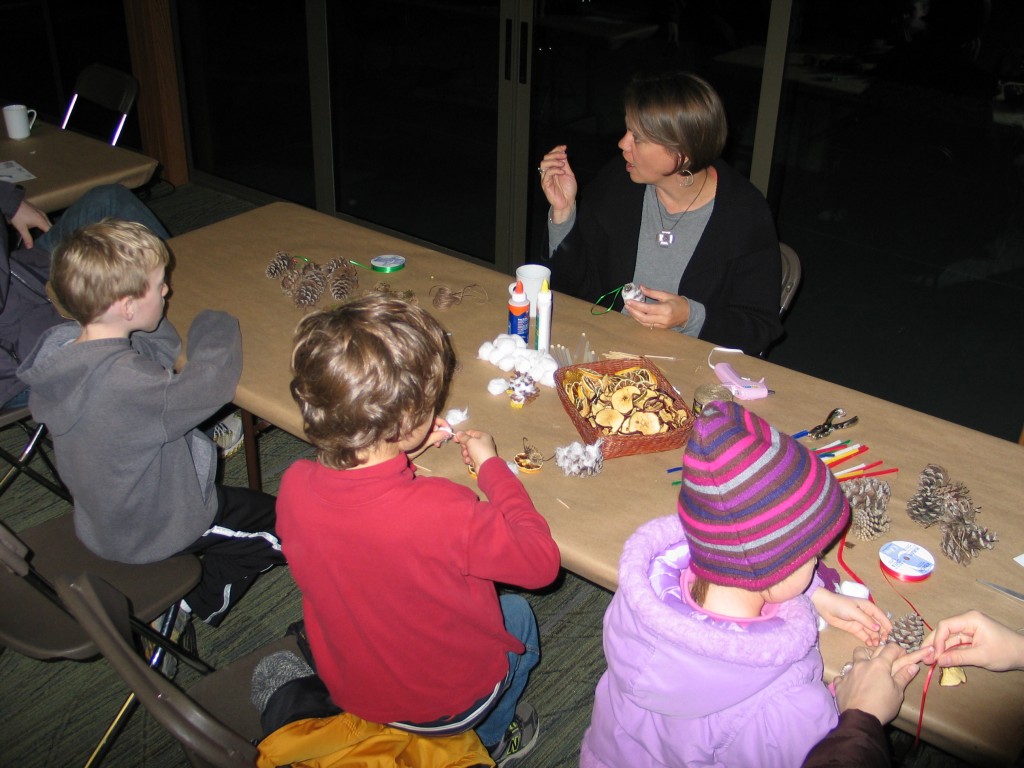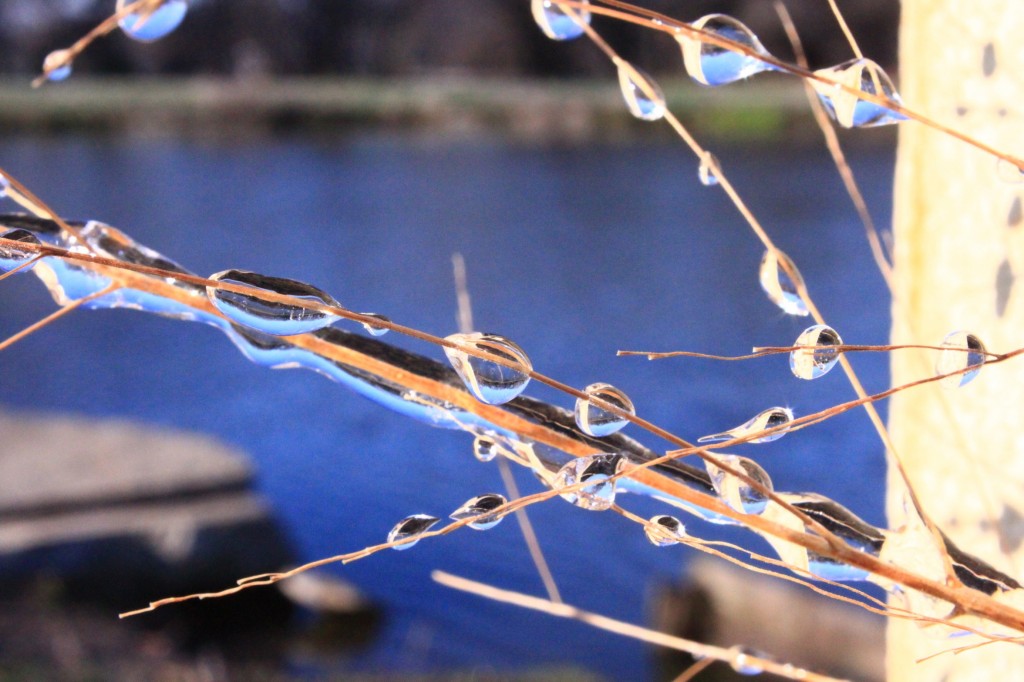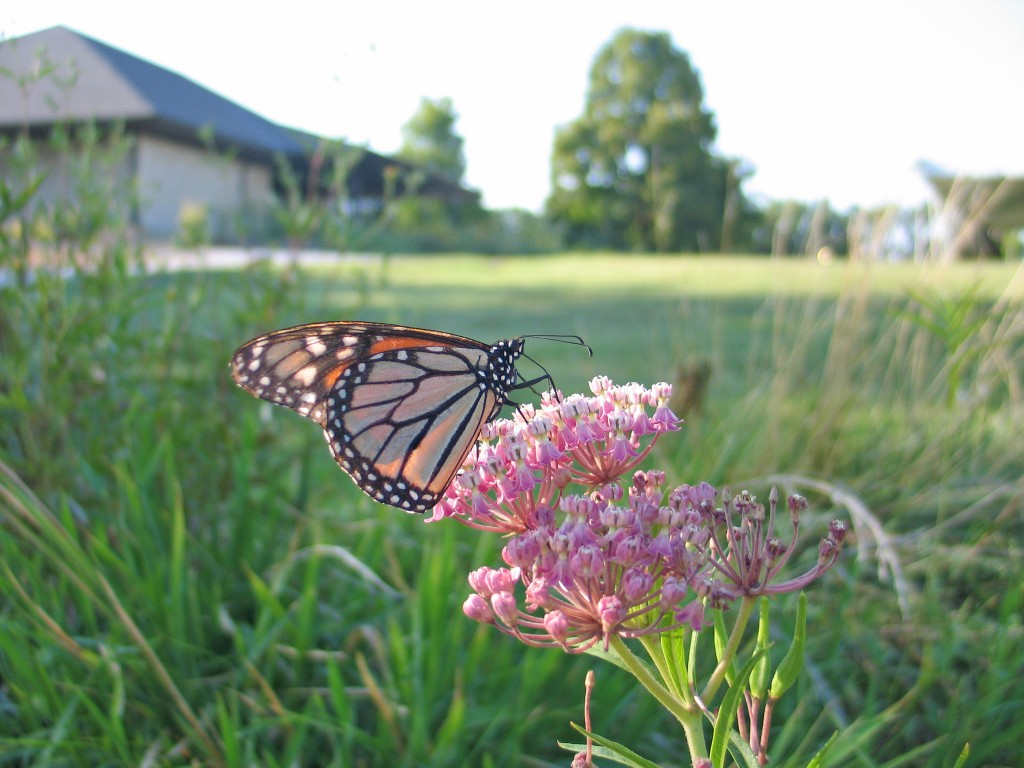November is a great time to reflect on the many blessings of the past year here at the arboretum. We are grateful for so many things. We enjoy serving you and serving with you to fulfill the mission of this organization, to promote through education and stewardship the conservation and use of plants native and adaptable to Kansas.
Though words cannot adequately express our appreciation and thankfulness, here are five reasons we are giving thanks this holiday season:
Generous Supporters – When I became director, I had no idea how many people there are who underwrite the work we do throughout the year. I have been amazed at the generosity of our supporters. Your financial gifts are not taken for granted. Each membership and each donation is accepted with much appreciation. I view your support as a partnership. Thank You!
Dedicated Volunteers – When people come along side us and give us their time and talent, it makes a difference. Volunteers are special people. Last year, volunteers contributed over 2,000 hours of valuable service to help us accomplish the work of the arboretum. We encourage volunteers to use their skills and interests to help in our valuable work. Volunteering is a great way to support our mission, as you share your experiences about this prairie garden with others, learn about plants, meet new people and serve our visitors. Thank You!
An Important Mission – Since its inception, the arboretum’s mission has been about the prairie. We are a prairie education facility that promotes stewardship and conservation. Advocating for plants that use less water, teaching children about the prairie and its many benefits, and hosting events that bring visitors to the arboretum are at the heart of our calling as an organization. Our core values have never been more important in the world.
Earth Partnership for Schools (EPS) – This signature arboretum program has impacted over 21,000 students, 173 teachers from 58 schools over the past eight years. Thanks to the dedicated work of teachers, who were guided by our EPS staff, students are able to detach themselves from the daily distractions of technology, slow down and observe the beauty of the prairie. This program perfectly fits our mission and is having a positive impact on students in Kansas.
A Successful Year – All the reasons above and many more have helped the arboretum continue to grow this year. Our goal is to increase our influence, educate more people, and enhance the arboretum gardens and programs we offer throughout the year. We had one of our most successful years because of your efforts and support. THANK YOU!
Bonus Reason! Dedicated Staff – I am fortunate to lead a team who love the arboretum. These individuals strive daily to champion the mission of the arboretum and provide you with excellent programs and events. I wish you could see their diligence, hard work and passion. I am blessed to serve with them. Thanks Brad, Janelle, and Brett!
Take time to count your blessings. Be grateful for the good things you enjoy.

